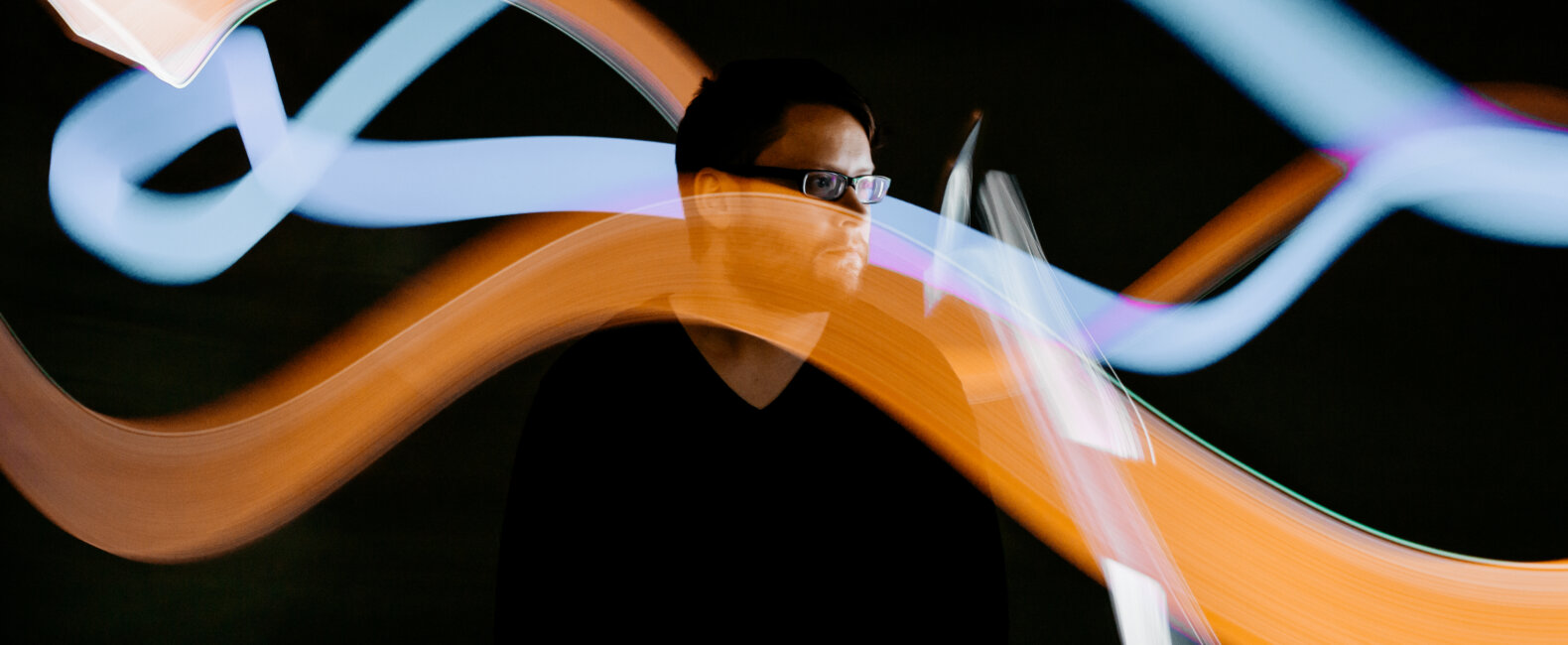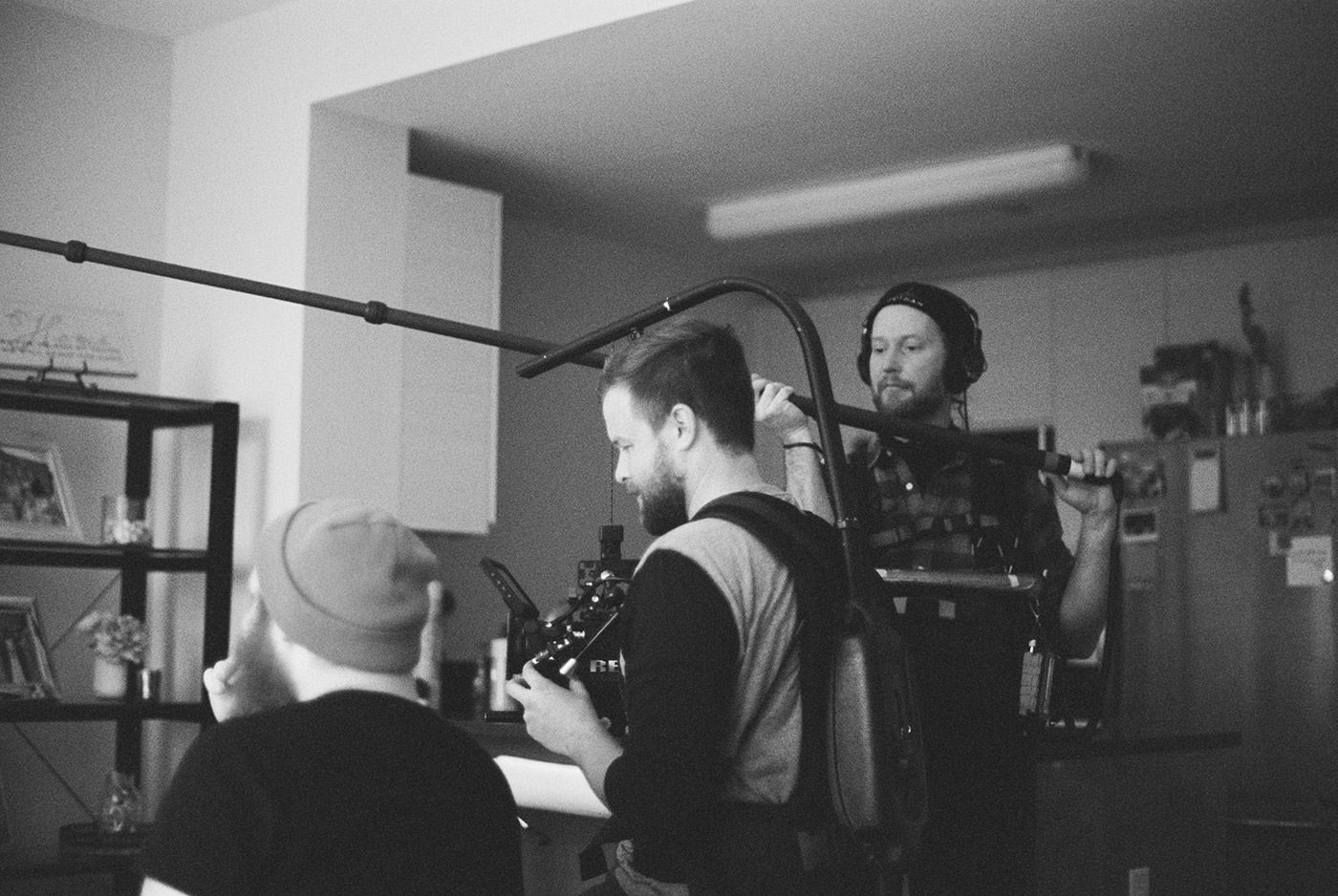Dallas Taylor and his crew at Defacto Sound are not only masters of sound design — a chronically undervalued art form that has the ability to lift a mediocre film into the realm of the transcendent — but they’re also great friends of Musicbed. Their work consistently blows us away, whether it’s on a Sundance award-winning film like Blood Brother or the latest Audi commercial.
These guys know sound.
Below is a guest post Dallas wrote for us about using sound design to tell stories. Well, that’s what it’s about on the surface. Underneath, though, it’s an invitation to fall in love with sound, to understand the way sound affects us (literally moves us) — not just as viewers, but as people. After reading this, you might not hear sounds the same way again.
My goal as a sound designer is to draw people in. That’s why the logo of my company, Defacto Sound, is a ribbon that’s pulling you in. We use things like Foley, hard effects, and backgrounds to envelop people in a world, to blur the barriers of the screen.
I want to frame for you how we think about sound design and how these ideas can affect everything from scriptwriting and preproduction all the way through to post.
SOUND SURROUNDS YOU
Sound surrounds you, pulls you in, gives you a sense of space. It’s this pressure and release that pushes through the air and literally wraps around your body. It’s a very physical thing — the only part of a visual production that actually touches the audience.
As sound designers, our goal is to re-create what your brain experiences every day.
Most people don’t realize that in the real world, their brain is constantly mixing the audio around them. You hear what you’re looking at, what you’re focusing on.
Your brain naturally subtracts the horn honking behind you, that conversation on your left, or the brake squeals of a bus on your right.
With sound design, we artificially try to provide focus and guide your eyes around the screen.
When you’re out and about in the world, I would encourage you to listen to the environment. Listen to the space. See how you can play around with the sounds in your head; focus on things. Once you realize how much the sounds can be manipulated by your mind alone, you begin to realize just how much power is in the sound designer’s hands.
It’s important to remember, though, that what we’re after is not necessarily realism. The world doesn’t always sound the way we think it sounds. In fact, the two can be drastically different.
What we’re after instead is believability. We are trying to create a world that the audience will believe in. Sometimes, that world is an accurate representation of reality, sometimes it’s a hyper-real world, and sometimes it’s completely artificial.
AN EXTENSION OF THE CINEMATOGRAPHER
Sound design is very much an extension of cinematography. Our job is to focus on what’s important within the frame and blur the edges of the cinematographer’s frame — to set the audience inside of it.
Sound design allows a cinematographer to work in an additional dimension. We always aim for that mind-melding between picture and sound. We want to erase all of the borders.
The funny thing is, our best work is also our most transparent. The best sound design is oftentimes the sound design nobody notices.
TOOLS OF THE TRADE
The tools we generally work with are dialogue, sound effects, and music. We specialize in the first two, while music is mostly provided from somewhere else. Each of the elements have the ability to support the story in its own way. To give you the best idea of how all these tools and concepts come together, let’s consider a project we worked on with Bethesda Softworks. It was a prequel series for the video game Dishonored that would help set the tone for this fictional town called Dunwall, which is where the game is set. Sound-wise, they needed something dark, oppressive, and claustrophobic.
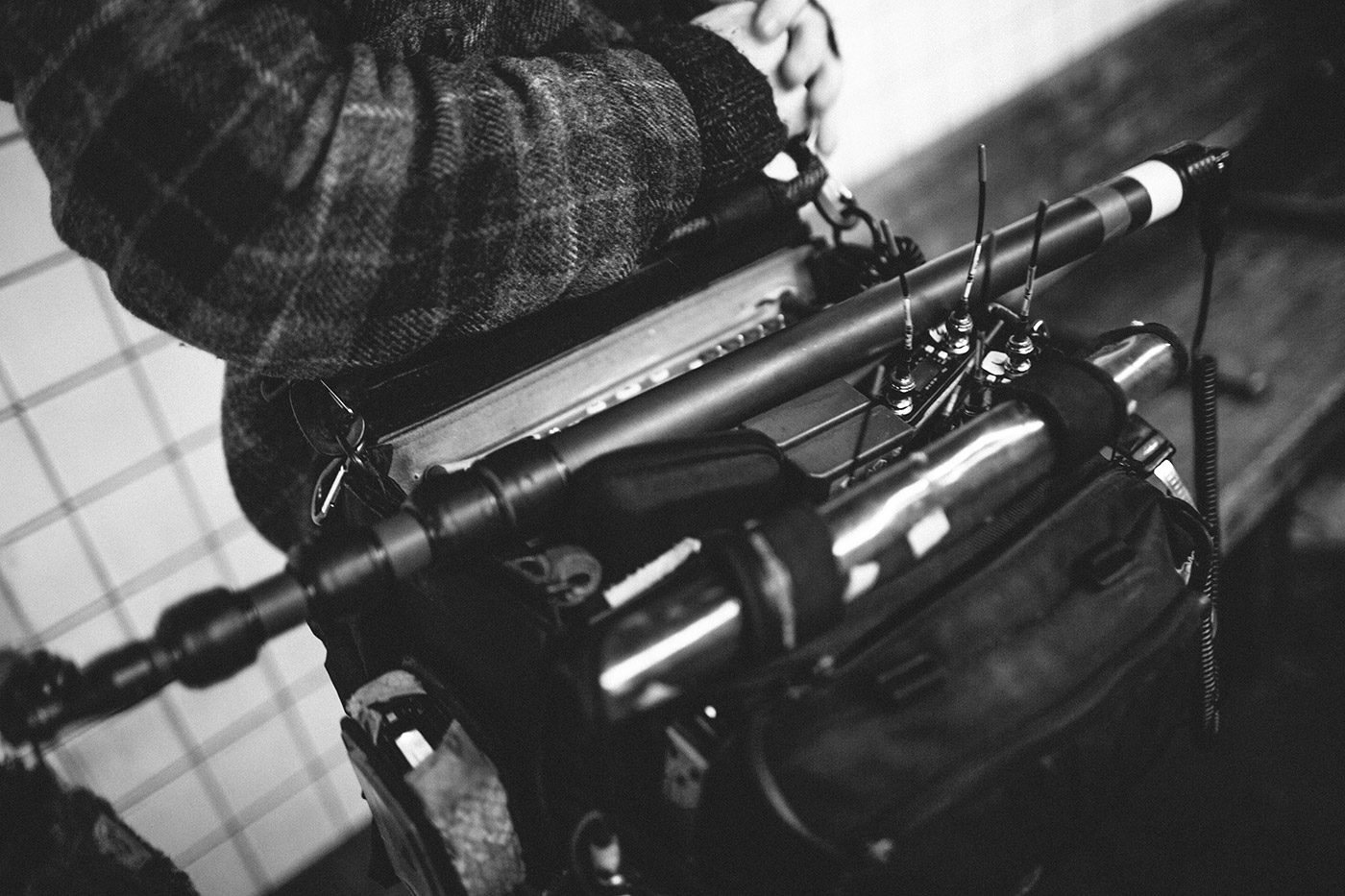
Let’s take it layer by layer, starting with the background.
The background layer is the environment, the ambiances, the surroundings. These are sounds that are generally taking place outside the frame. Our goal here was to create this dark, oppressive world. It’s uncomfortable. You can hear thunder, the wind, and the grittiness of this world.
FOLEY
The next layer I’ll talk about is Foley. These are sounds that are, generally speaking, performed, since that’s usually what it takes to get a believable sound (as opposed to cutting it from a library).
Generally, Foley is things that are touched. Footsteps. Picking something up. Turning a doorknob.
HARD AND EMOTIONAL EFFECTS
So you have background, Foley, and then I’m going to combine the last two elements here: hard effects and emotional effects. Hard effects are things that have either been prerecorded or are effects we build. For instance, a single explosion might be anywhere from four to twenty layers.
A few initial ideas would focus on the punch, the envelope, the release, and the debris. There are lows, mids, highs, and everything in between. A hard effect could also be shutting or opening a door. They are things we don’t necessarily have to perform, but they’re still literal on-screen.

Emotional effects are things that border on music. They live somewhere between the score and the sound design. They’re an extension of the storytelling. They’re sounds that might make you feel uneasy; they might be spine-tingling. Or they could do the opposite. They could be sounds that make you feel warm and good.
Okay, now here they are all together. I hope you can appreciate just how much the story has been crafted through all of these layers.
And finally, here’s the completed video with the music and voice-over and all of the sound design elements. You might notice that the sound design is fairly subtle once you hear it in the full mix, but it still sets the tone of the world around us.
EMOTIONAL DYNAMICS
Of course, there are dynamics in the context of loudness, but another aspect of dynamics I’d like you to consider is emotional intensity. Over the years, we’ve worked on many films with wall-to-wall music and an emotional intensity level of 10 the whole time.
I never thought much about it until a couple of years ago when we were sound-designing a project called Blood Brother that later went on to win Sundance. I learned something from the director that changed the way I look at my role.
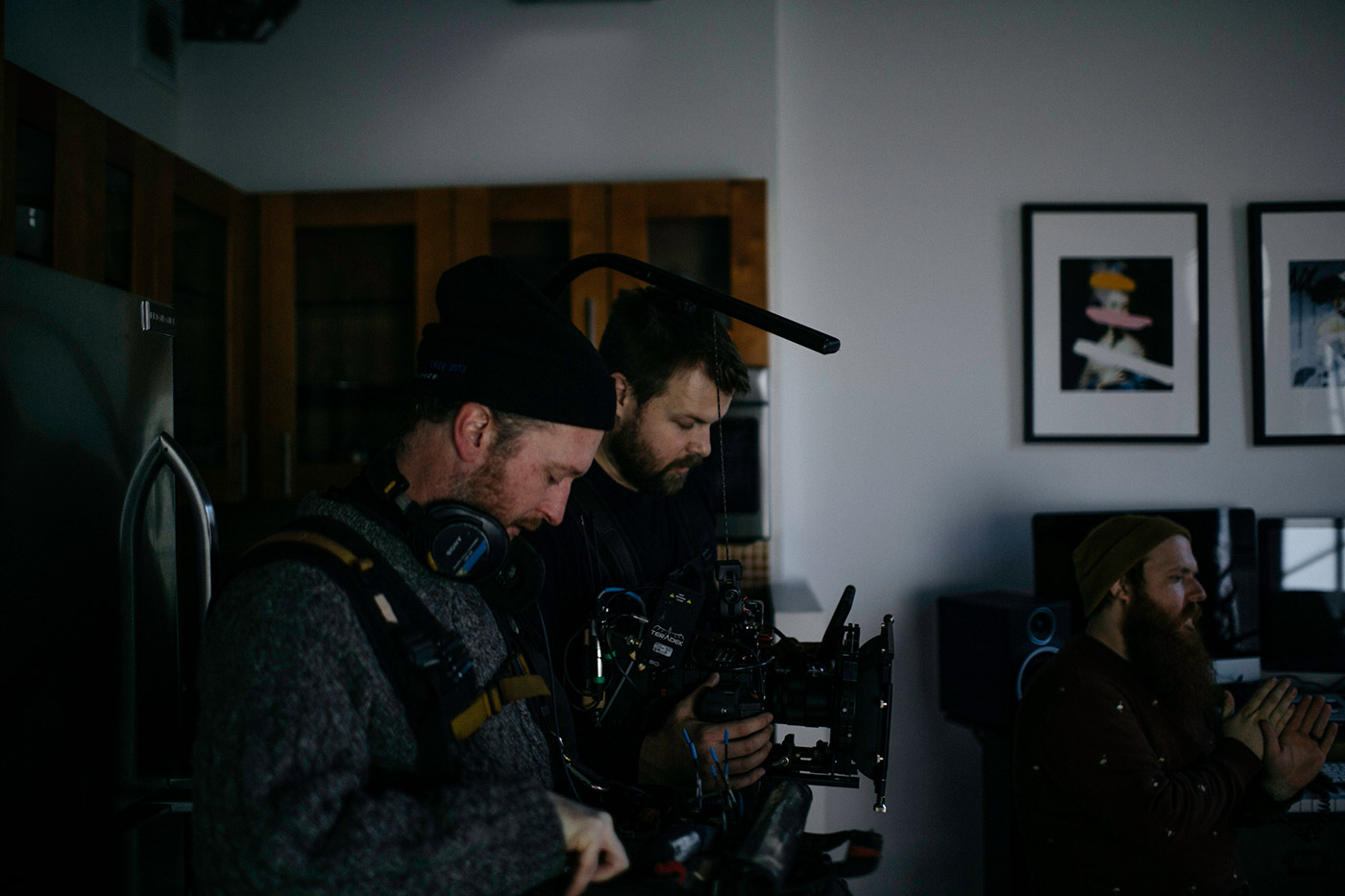
We were in the last few days of the mix. We’d spent a month and a half on this project, and there were amazing composers on it, amazing music. And in the very last moments of the mix, Steve Hoover, the director, started to pull tracks out of the film.
I thought, Okay, maybe he wants to focus on sound design here. But then he was like, “Okay, let’s leave it out.” I was like, What’s going on here? This isn’t something you do in the eleventh hour!
But what I learned is that when a filmmaker is hyper-focused on every microscopic second, it’s easy to lose the whole. If you have an emotional level of 10 all the time, it’s similar to having an emotional level of zero.
Without quiet, there is no loud. Without darkness, there is no light. And that’s where emotional dynamics play such an important role.
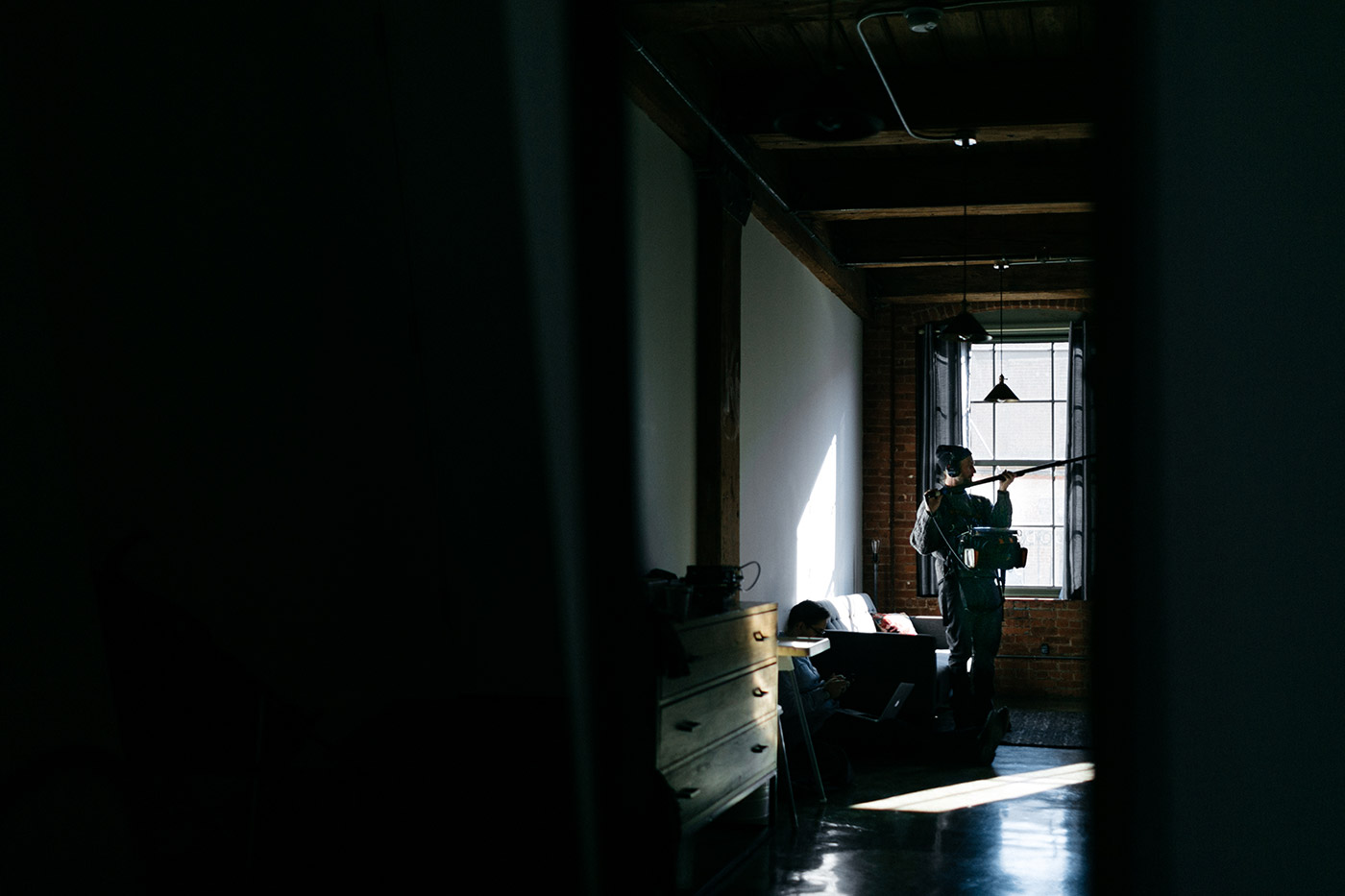
You need to give the audience moments of rest because doing so will allow the times of intensity through music and sound to be much more impactful. An important part of all of this is allowing your audience to feel what they need to feel. Not overdoing it on the sound side, but also not being afraid to not do anything at all — going without music, going without suggestive sound design, allowing the audience to interpret as they see fit. To me, that’s one of the biggest reasons Blood Brother was so successful. It allowed the audience to absorb its message without telling them through music and sound exactly what to absorb.
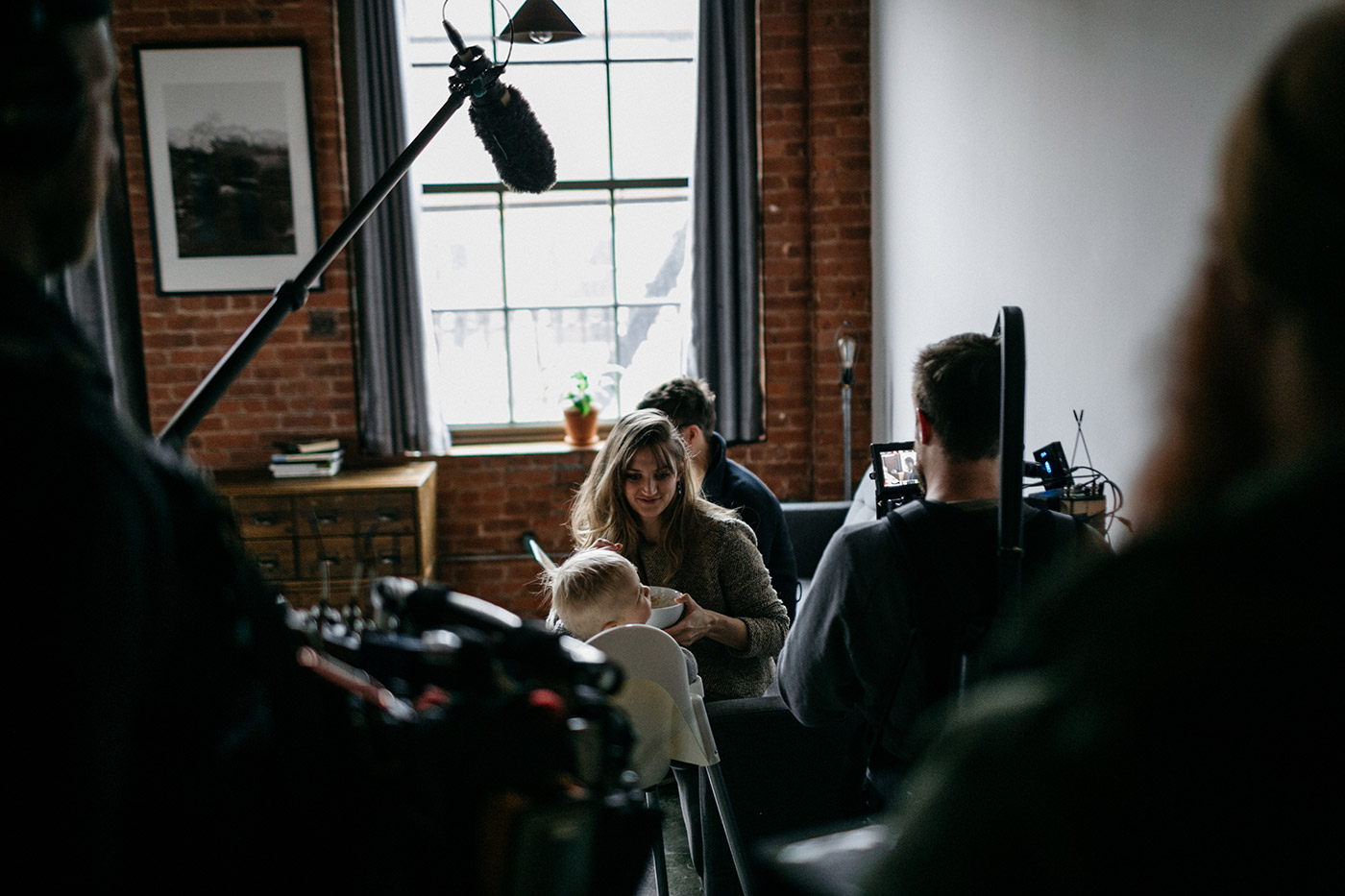
I hope some of these ideas help you make a few important storytelling decisions early on. But maybe more so, I hope they will help you look around your world and really enjoy, understand, and think about how sound is affecting you. I hope you bring that into your work, and I hope you become intoxicated by the sounds that are all around you.















































































